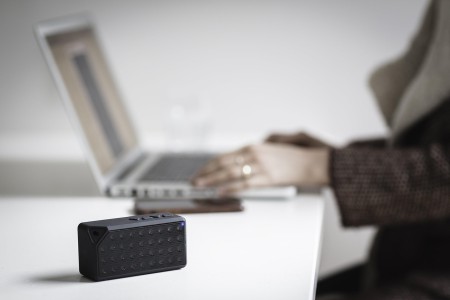Noise-cancelling earplugs have emerged as essential tools in our increasingly noisy world. With urban environments buzzing with life and constant distractions, finding a moment of peace can be challenging. These innovative devices offer a sanctuary from overwhelming soundscapes, allowing individuals to focus, relax, or simply enjoy a quieter environment. The science behind noise cancellation is fascinating, blending technology with human experience. This article delves into various aspects of noise-cancelling earplugs, exploring their benefits, types, and how they work, while providing insights that can help users make informed decisions.
The fundamental principle behind noise-cancelling earplugs is the reduction of ambient noise through sound wave interference. These earplugs utilize microphones to pick up external sounds, which are then processed to produce sound waves that are the exact opposite, effectively cancelling them out. This technology is particularly beneficial in environments with constant low-frequency sounds, such as traffic or machinery. Users often report experiencing a more serene atmosphere, enhancing their ability to concentrate or relax.
Different types of noise-cancelling earplugs cater to various needs and preferences. Active noise-cancelling earplugs use electronic components to create sound wave interference, while passive noise-cancelling earplugs rely on physical barriers to block sound. Each type has its advantages, depending on the environment and the level of noise reduction required. For instance, active earplugs may be more suitable for frequent flyers or commuters, while passive earplugs can be ideal for studying or sleeping.
Comfort and fit are crucial factors to consider when selecting noise-cancelling earplugs. Many users find that poorly fitting earplugs can lead to discomfort, which detracts from their effectiveness. It’s essential to choose earplugs that come with various sizes or customizable options to ensure a snug fit. Some brands even offer earplugs designed specifically for long-term wear, incorporating soft materials that conform to the ear’s shape.
In addition to their noise-reducing capabilities, many noise-cancelling earplugs come equipped with additional features. Some models offer Bluetooth connectivity, allowing users to listen to music or take calls without removing the earplugs. Others include built-in microphones for better communication in noisy environments. These features enhance the versatility of earplugs, making them suitable for a range of activities, from working in a bustling office to enjoying a concert.
The benefits of using noise-cancelling earplugs extend beyond mere sound reduction. They can significantly improve sleep quality by blocking disruptive noises that might otherwise interrupt rest. For individuals living in urban areas or near busy roads, this can be a game-changer. Improved sleep leads to better overall health, increased productivity, and enhanced mood, making these earplugs a worthwhile investment for many.
Another important aspect to consider is the durability and maintenance of noise-cancelling earplugs. Some models are designed for single-use, while others can be reused multiple times. Users should be aware of the care instructions for their specific earplugs to ensure longevity. Regular cleaning and proper storage can help maintain their performance and hygiene, making it essential to follow manufacturer guidelines.
When it comes to choosing the right noise-cancelling earplugs, personal preferences play a significant role. Factors such as the intended use, level of noise reduction required, and comfort should guide users in their decision-making process. Reading reviews and trying out different models can provide valuable insights into what works best for individual needs.
The environmental impact of noise-cancelling earplugs is also worth mentioning. As consumers become more eco-conscious, many brands are adopting sustainable practices in their production processes. Some earplugs are made from recycled materials or designed to be biodegradable. Choosing environmentally friendly options not only supports sustainability but also encourages manufacturers to continue innovating responsibly.
As the demand for noise-cancelling earplugs continues to grow, future research could focus on enhancing their technology and usability. Innovations could include improved battery life for active models, better sound quality for listening features, and more ergonomic designs for comfort. Additionally, exploring the psychological effects of noise reduction on mental health could provide deeper insights into the benefits of these devices.
Noise-cancelling earplugs are more than just accessories; they represent a significant advancement in our ability to manage our auditory environment. By understanding their functionality, types, and benefits, users can make informed choices that enhance their quality of life. As technology continues to evolve, the potential for even greater improvements in noise-cancelling earplugs is exciting. Future research should aim to explore these innovations and their implications, ensuring that users can enjoy the peace and tranquility they deserve.

